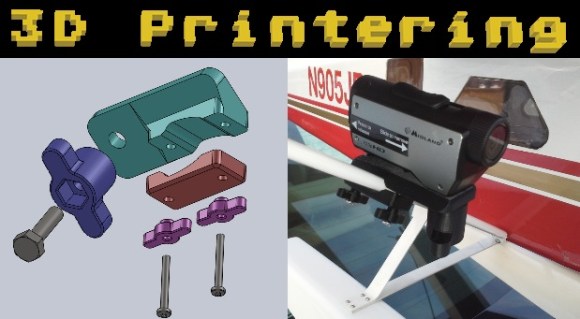
3D Printers are only good for printing trinkets and doodads, right? Not really. Although, I do print the occasional useless object, most of my prints are used for projects I’m working on or to meet a need that I have. These needs are the project’s design requirements and I’d like to share the process and techniques I use when creating a functional 3D object.
My pal [Toshi] has RC Airplanes and flies often. I have an Action Camera that I never use. Why not combine the two and have some fun? The only thing standing in our way was a method to mount the camera to the airplane. 3D printing makes it easy. If you have a popular vehicle or application, there may be something already available on a 3D model repository like Thingiverse. Our situation was fairly unique I decided to design and print my own mount.
Continue reading “3D Printering: Custom RC Camera Mount Takes To The Sky”


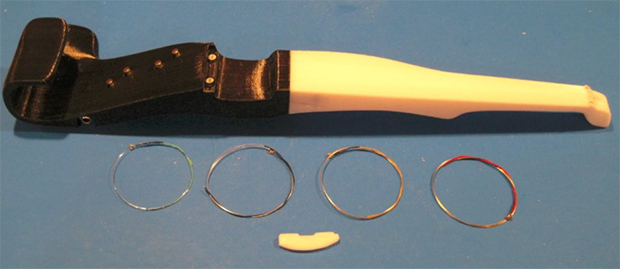
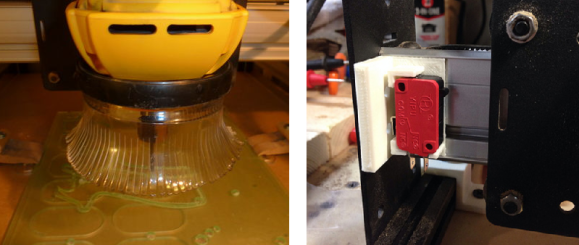


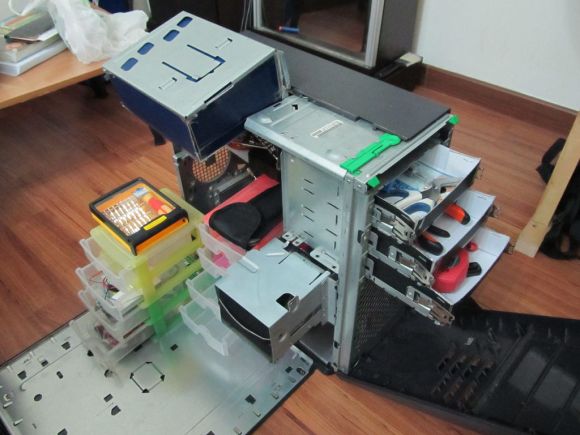
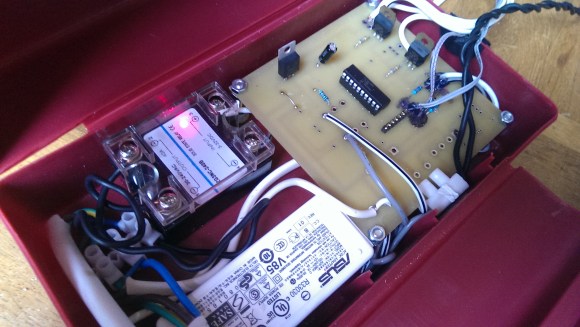 [Michiel] likes to wash his clothes in warm water. Like a lot of machines, his draws from the cold water line and heats it electrically. Gas is much cheaper than electricity in the Netherlands, so he wanted to be able to heat the water with gas instead. Hot-fill machines already exist, but few models are available and they’re all too expensive. [Michiel] rolled up his sleeves and
[Michiel] likes to wash his clothes in warm water. Like a lot of machines, his draws from the cold water line and heats it electrically. Gas is much cheaper than electricity in the Netherlands, so he wanted to be able to heat the water with gas instead. Hot-fill machines already exist, but few models are available and they’re all too expensive. [Michiel] rolled up his sleeves and 









